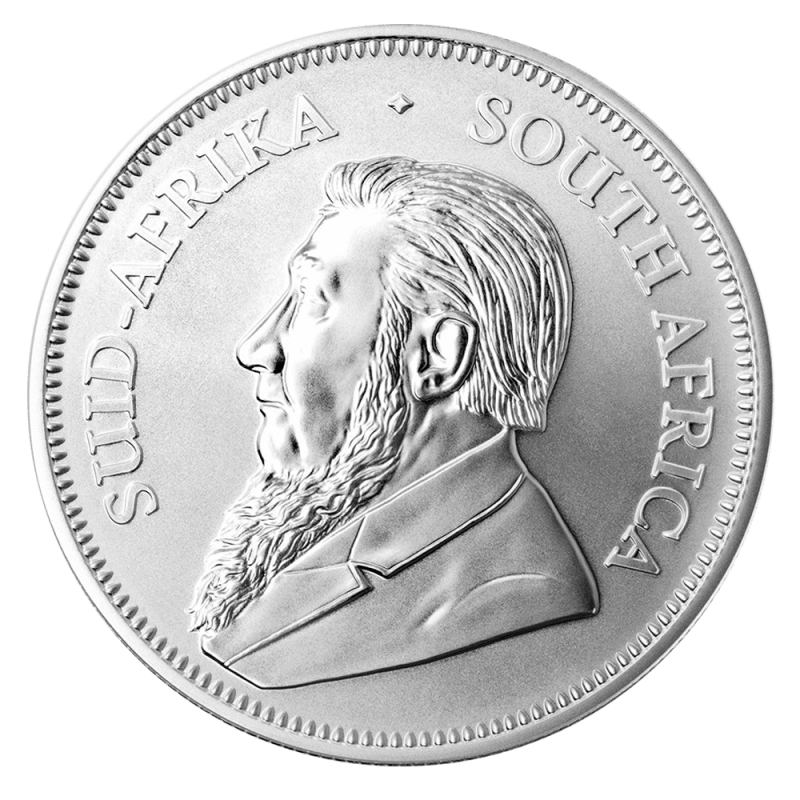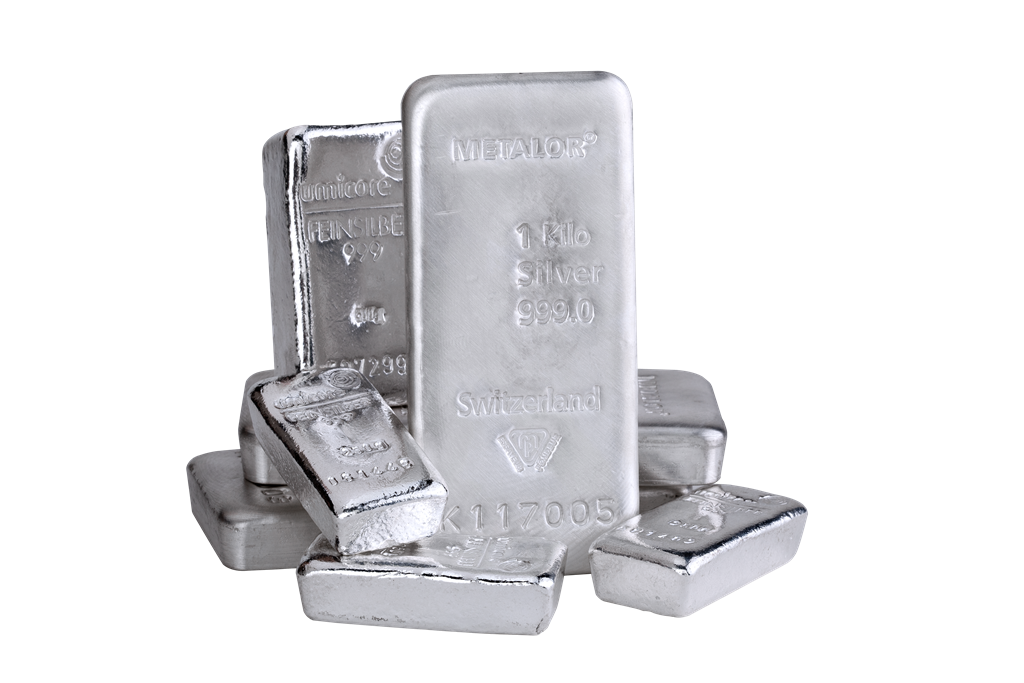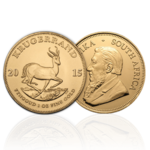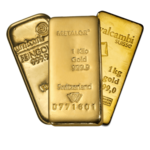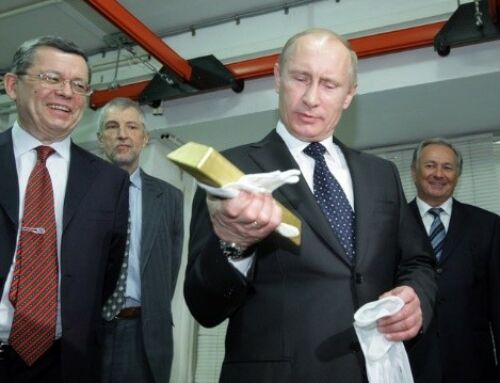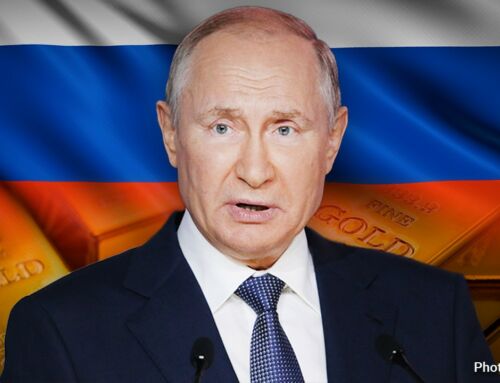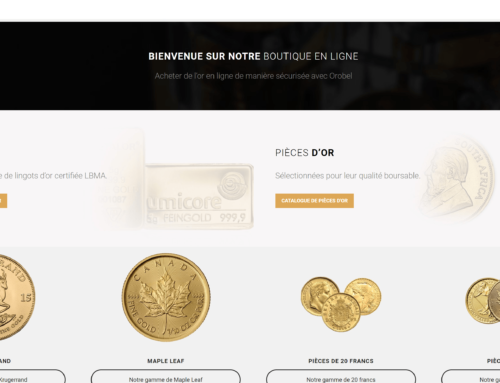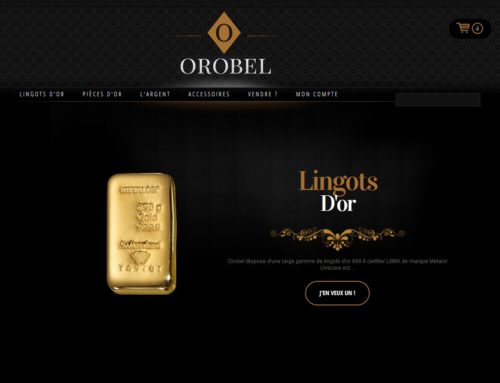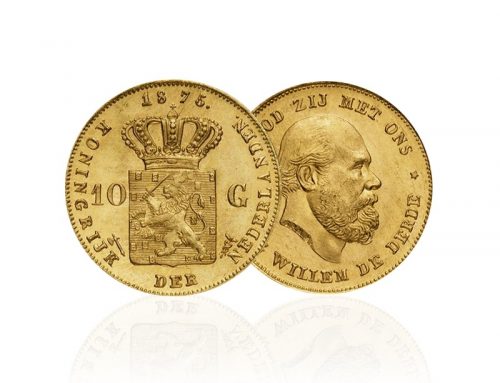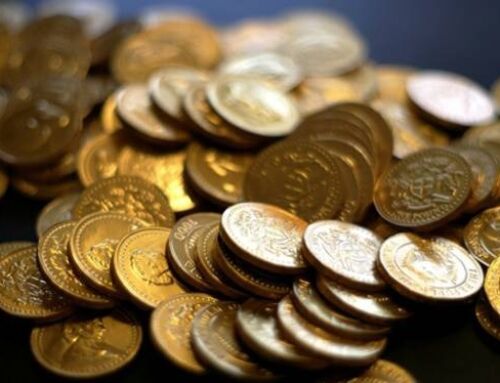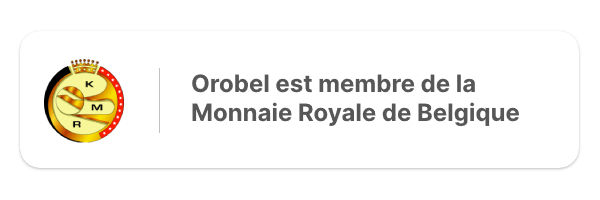The history of the gold price
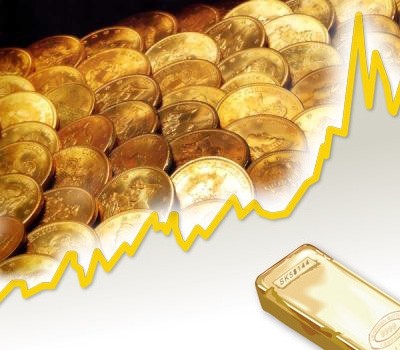
Gold occupies, without doubt, a very special place in the global financial system. Because of this special position, its course is like no other.
We can separate the study of the evolution of the price of gold in three distinct periods:
- 1st period (nineteenth century to the 1930s)
- 2nd period (1930 to 1971-73)
- 3rd period (since 1971 until today)
1st period (XIX century – 1930)
The beginning of the first period corresponds in fact to its gradual adoption (or abandonment of bimetallism) by most countries: the United Kingdom in 1844, Germany in 1871, the rest of the European countries within ten years that followed, the United States (de facto in 1873 and de jure in 1900), Russia in 1873, Japan in 1897, British India in 1898 … Indeed, shortly after the industrial revolution, the deflationary environment and depression fears the countries for their respective economies. The adoption of the gold standard then seems the best thing to do to revive stability, and this was the case.
It’s not just this single factor because even then we talk about globalization. But in a world where trade is globalized; but where information flows more slowly; the exchange rate for all currencies with monetary gold also allows to set the exchange rate for each currency to each other. Before this period the price of gold has experienced some temporary variations, such as during the Civil War (1861-1865) in the United States. This civil war will more than double the value of the metal ($ 47 in 1864 up from $ 20.67 in 1860) before a gradual return to its prewar value.
However, all these changes are relatively small, and especially localized. And fluctuations in the gold price are virtually nonexistent unless you take into account inflation. While the price of gold per ounce increase or decrease between 1914 and 1921. But the dollar’s purchasing power improved significantly against European currencies, logically undermined by the Great War; 1914 dollar worth half a dollar in 1921.
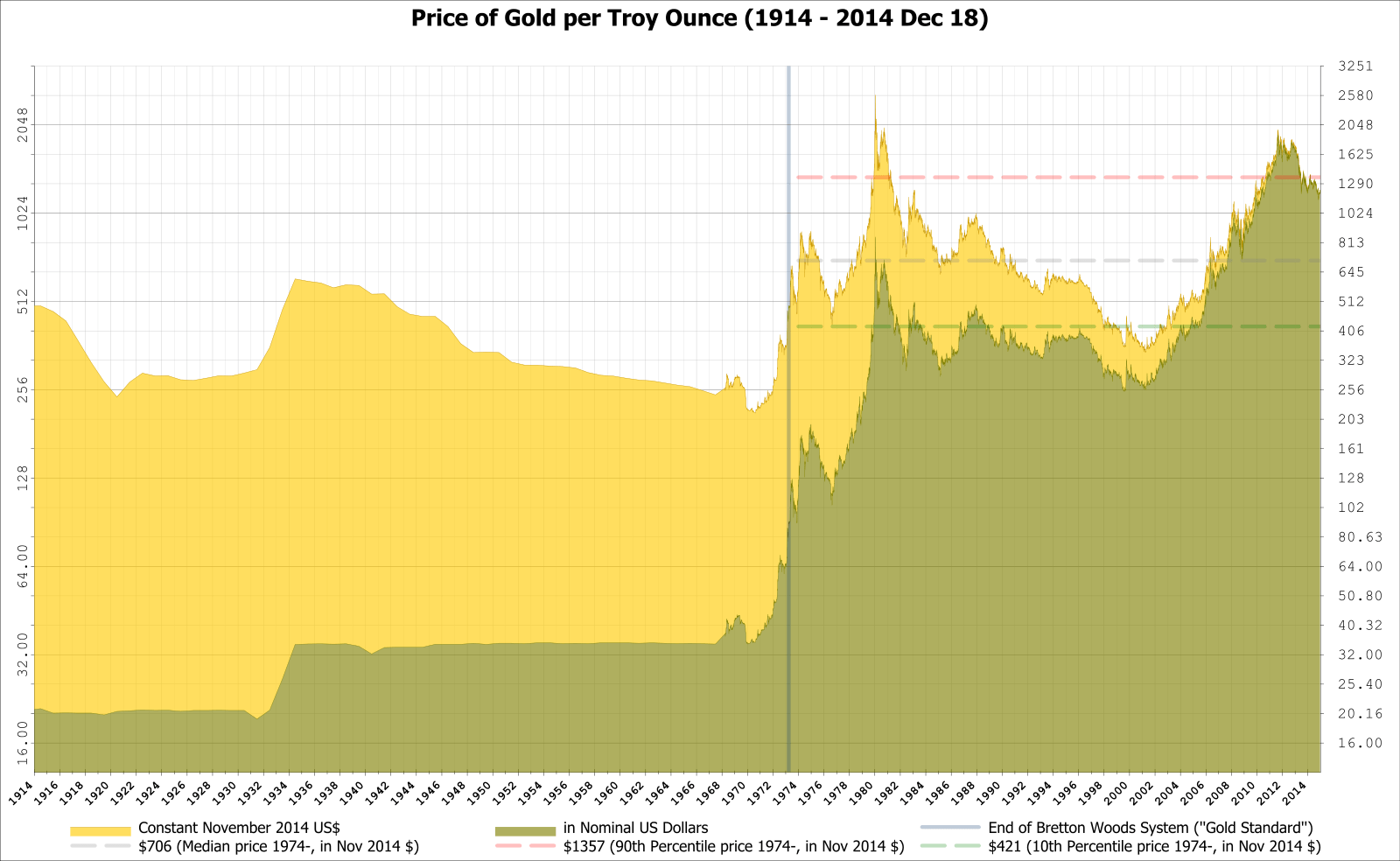
This period of stability foolproof ends in January 1934 by the « Gold Reserve Act » of the United States, which devalues a sudden one of 40% in fixing the price of an ounce to $ 35. This limit is of course not that simple, it depends on the abandonment of parity by each country. The UK abandoned in 1931 (after being restored in 1925), Sweden in 1929 … This is the consequence of the Great Depression, which makes untenable parity for many countries. Abandoning parity see the total abandonment of the gold standard is seen as a necessary step to recovery.
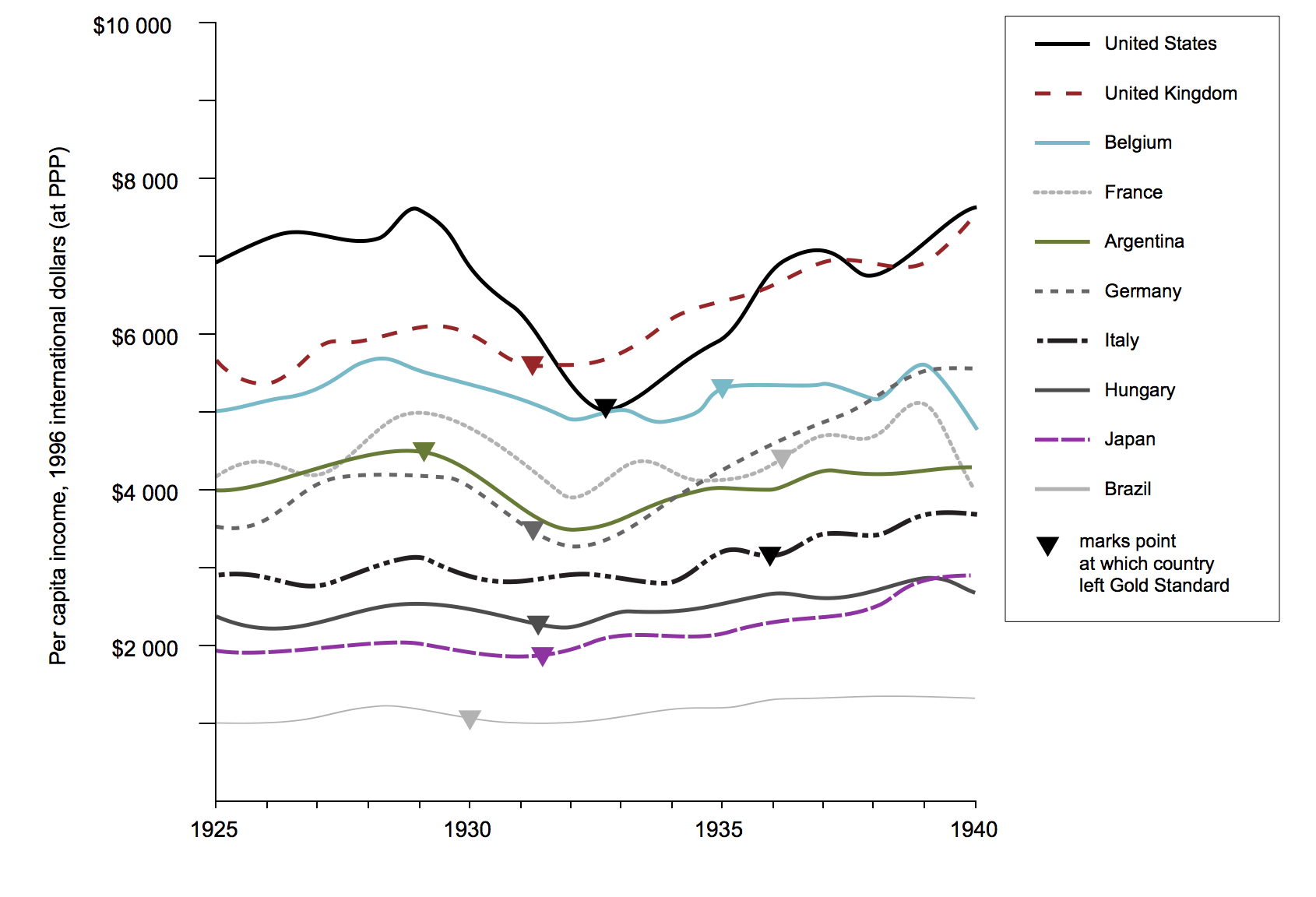
2nd period (1934 – 1971)
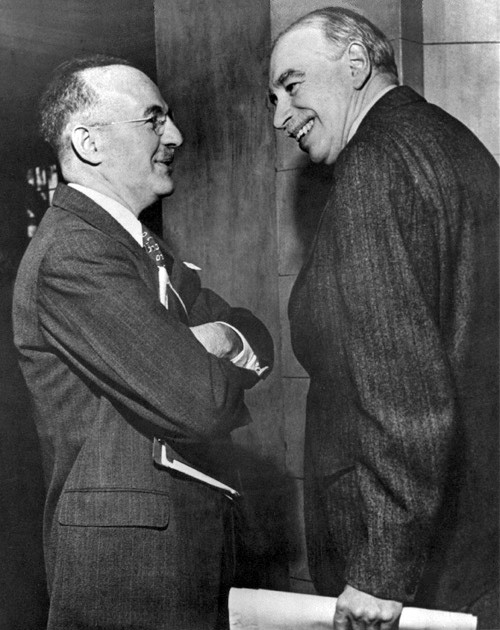
Subsequently, the gold price will fluctuate; but under the strict control of the United States, then holder of the largest global money supply. Going directly after the Second World War, the Bretton Woods fixed the basics of the monetary system in the coming years. They are intended to allow peacekeeping and avoid another period of depression.
Broadly, they lead firstly to the creation of the IMF and the World Bank; the other, the US will become the world’s centralizing of monetary currencies. The central banks of each country must not hold gold reserves, but foreign exchange reserves in US dollars. The value of it being indexed on gold, most world currencies will be de facto.
France, under the presidency of Charles de Gaulle, take advantage of dollar-gold convertibility to reduce its vis-à-vis the US dollar dependency and thus the country. That and the budget hole caused by the commitment of the US Army in Vietnam led to the abandonment of the convertibility of the dollar gold worm in August 1971, unofficially. Although the measure was temporary Dusse, total and official withdrawal will take place in 1973. This coincides with the first oil shock of 1973 (end of the thirty glorious symbolic), which is itself the effect of the abandonment of agreements Bretton Woods.
3rd period (1973 – today)
We are now entering the contemporary period of gold. There is no need for explanation to see it move much more. It is no longer possible to analyze each change, only the major trends matter.
We see that the oil crisis, which will continue until 1979, led to a surge that reversed early 80s we also find no clear peak before that of 2007-2012, since it takes a crisis of World magnitude to cause that.
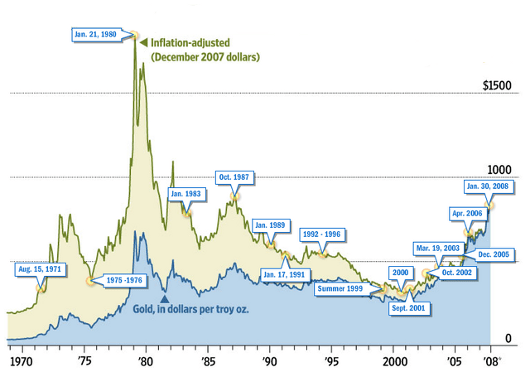
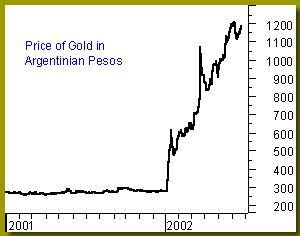 Does that mean that you should invest in gold than when anticipating a major global crisis ? No. As you can see from the graph (dating from 2008) above a sharp increase doubling (see tripling) the value of gold in under five only happens once every few decades; nothing precludes a lesser but sufficient increase that to be largely profitable. And especially that in a localized crisis, the devaluation of a currency can be extremely high due to inflation beyond the reasonable. The gold, in this situation, protects those who possess it as any other financial asset.
Does that mean that you should invest in gold than when anticipating a major global crisis ? No. As you can see from the graph (dating from 2008) above a sharp increase doubling (see tripling) the value of gold in under five only happens once every few decades; nothing precludes a lesser but sufficient increase that to be largely profitable. And especially that in a localized crisis, the devaluation of a currency can be extremely high due to inflation beyond the reasonable. The gold, in this situation, protects those who possess it as any other financial asset.
In the short and medium term, there is not a good time to invest in gold, there are many. Pre-feeling with knowledge of the economy just simply good. A very long term, however, say beyond 40 years is always a safe and reliable investment. Nobody thought at seeing the gold that was in 1980-81, and yet it happened.
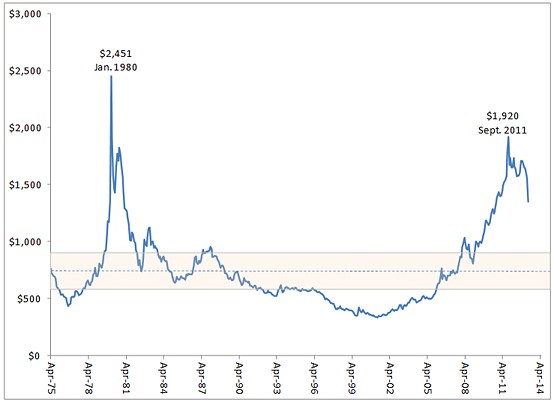
More news about gold on
[button type= »info » target= »_self » link= »http://orobel.biz/en/info/news.html » icon= »info-sign »]Orobel.biz[/button]
